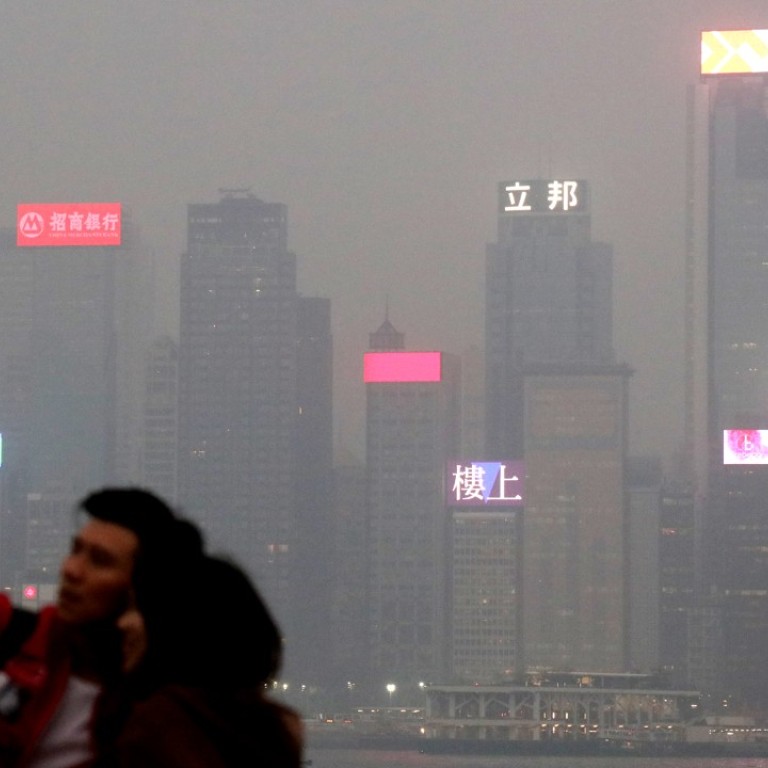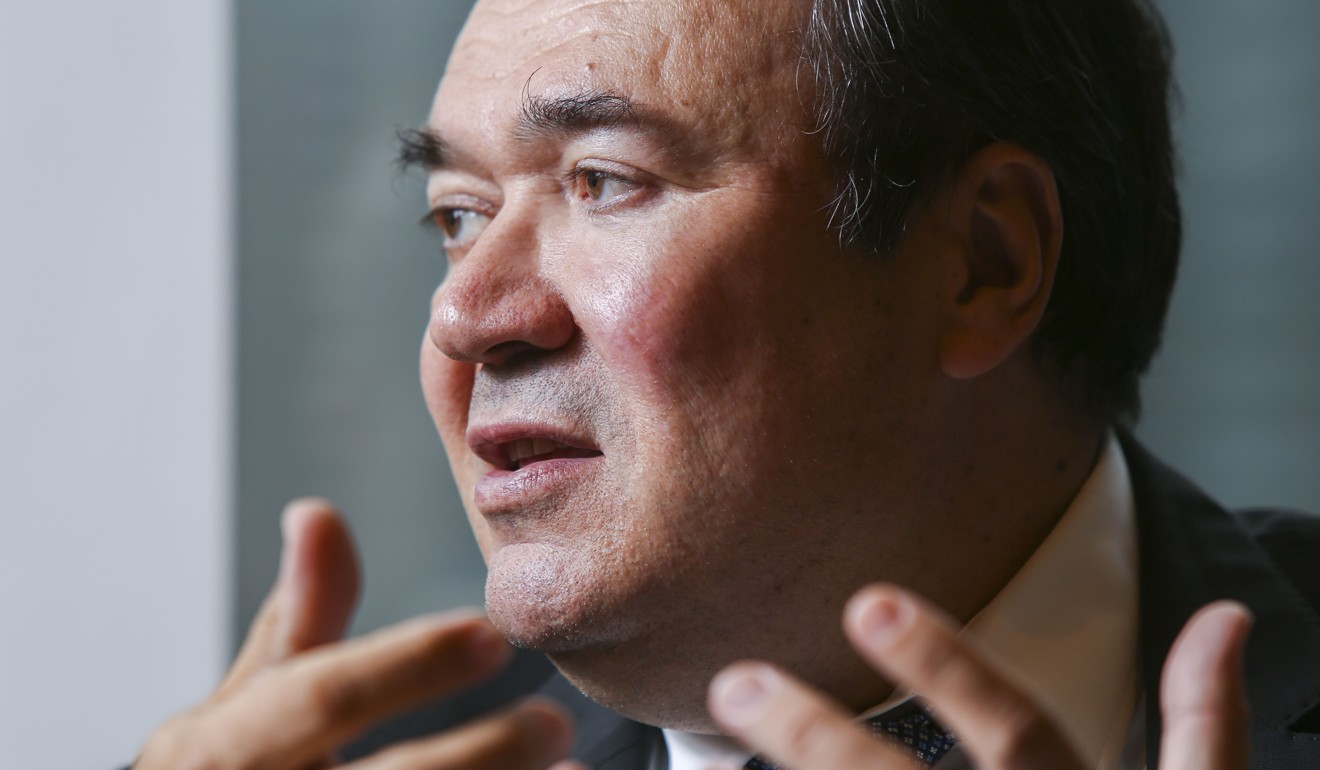
French asset manager Amundi to create high-yield green bond market through US$1.42 billion fund
Fund expects to increase allocation in green bonds by up to 100pc by 2025, with help from IFC
As high-yield green bond issuances in Asia remain scarce, Eric Brard, head of fixed-income at French asset manager Amundi, says the company’s collaboration with the International Finance Corporation (IFC) in setting up a US$1.42 billion green bond fund represents a joint effort to “create a market for it”.
Amundi Planet Emerging Green One, which is the world’s largest emerging market-focused green bond fund, had US$1.38 billion in assets under management at the end of May, according to the fund’s latest fact sheet. Of this, only 13.63 per cent was invested into green bonds. Subscription for the fund closed in February.
Brard, however, said the fund was going through a ramp up period, during which it will step up its allocation into green bonds, up to 100 per cent by 2025, the end of the fund’s investment period.
“We are serving the role of reconciling the flow of savings that is going to be invested in emerging market green projects that do not even exist today. This capital will be an additional source of financing for green infrastructure in emerging markets. This is a market we need to create,” said Brard.
As opposed to a conventional bond fund, where a manager invests in existing liquid asset classes, the challenge for this fund is that green bonds, particularly those issued by banks in emerging markets, are still a nascent asset class.
According to Bank of America Merrill Lynch, capital expenditure in Asia directed at climate change mitigation will need to increase to US$500 billion by 2030, from US$275 billion this year.
In Asia, the portfolio will exclude bonds issued in Japan, South Korea, Singapore and Australia, which are not emerging market economies as defined by the fund’s issue document. Both investment and non-investment grade bonds will be included.
There is a maximum exposure to bonds from issuers in Hong Kong and Taiwan, to not exceed a combined 20 per cent of the fund’s net asset value. In Hong Kong, the fund could consider the government’s planned issuance of up to US$13 billion in sovereign green bonds during its current 2018-19 financial year.

Brard said Amundi, which has more than €200 billion (US$233.1 billion) in assets under management in Asia, comes in not only as a manager of the green bond portfolio, but also as a more effective distribution channel.
“The fund offers investors low-risk access to emerging market investment through the guarantee provided by IFC. We are in a cycle where yields are low and risk premiums remain tight. There is still appetite for getting access into higher yields and returns,” he said.
IFC, the private sector investment arm of the World Bank, will provide a “first loss buffer” guarantee as an investor in the junior tranche of the fund, to cover losses from a credit event pertaining to a bond issuer (such as payment default or bankruptcy of the issuer). It will fund up to US$20 million by the fourth year of the fund’s tenor.
Jean-Marie Masse, chief investment officer at IFC, said on the supply side the fund targets banks and financial institutions in emerging markets, as these already issue for refinancing existing assets.
“[Through the fund,] we will bring a new class of green bonds to the market. Today, most of the green bonds are either triple, or double-A rated, offering low yields. By bringing emerging market issuers we will deepen the green bond market, and in turn attract more investors,” Masse said at a green and social bond principles annual general meeting in Hong Kong this month.
As part of creating this high-yield green bond market, IFC will also develop a programme to disseminate to prospective emerging market issuers criteria of green bond principles, which is the voluntary process guidelines released by the International Capital Market Association followed by many green bond issuers today. Masse said most investors in the fund were European pension funds.

